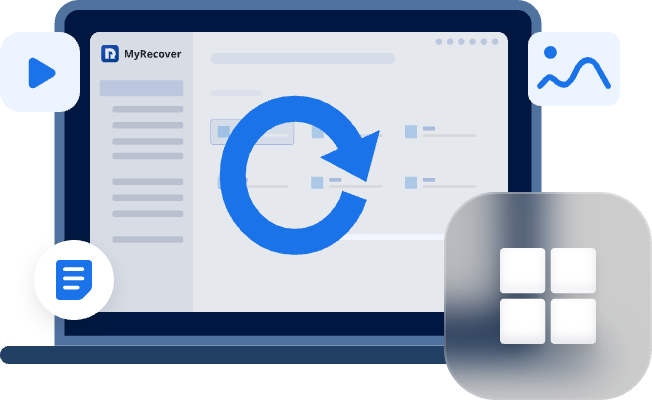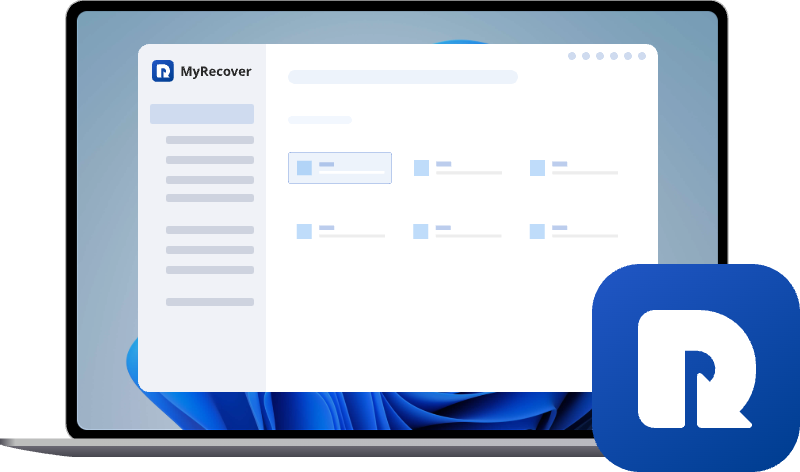Seagate Rescue Data Recovery Services — Try This Recovery Tool First!
When your Seagate hard drive fails or data goes missing, the first instinct is often to turn to Seagate Rescue Data Recovery Services. This guide will explore when to use Seagate Rescue, when software recovery is enough, and how to safely restore your valuable data in minutes. Perfect for both beginners and advanced users who want quick, secure results.
What is Seagate Rescue Data Recovery Services?
Data loss can strike at the worst possible time, whether it’s a corrupted drive, accidental deletion, or sudden hardware failure. For users of Seagate storage products, one of the key features that sets their drives apart is the Seagate Rescue Data Recovery Services plan.
Essentially, this service provides a professional data recovery solution for Seagate drive owners. If your hard drive, SSD, or external drive fails due to accidental damage, water exposure, or mechanical failure, Seagate’s specialized team can attempt to recover your data in their cleanroom facilities. It’s often included with higher-end models like the Seagate 2TB Portable Hard Drive with Rescue Data Recovery Services, giving users peace of mind that they’ll have one professional attempt at retrieving their files.
However, even though this service is reliable in certain cases, it’s not always the first or best option. Before mailing your drive to Seagate, you should understand when to use it and when to try other solutions first.
When You Should Use Seagate Data Rescue Service
Before using Seagate’s Rescue plan, it’s important to identify what kind of problem you’re facing. For simple data loss scenarios, you can recover data on your own using the Recycle Bin or data recovery tools, without needing to send your hard drive to Seagate.
🔥When You Need to Use Seagate Rescue Data Recovery Services
- Your drive is physically damaged (e.g., dropped, burned, or water-damaged).
- The drive is making unusual clicking or grinding sounds, suggesting hardware failure.
- You have valuable business or irreplaceable personal data and prefer laboratory-grade recovery.
🔥When You Can Try Other Recovery Methods
- The hard drive issue is logical, not physical, for example, deleted files, formatted drives, or unrecognized partitions.
- You can still connect the drive to your computer, even if the drive appears to be emptied but isn't actually.
- You want a faster, more affordable, software-based solution before resorting to sending your drive away.
In these latter cases, trying a professional-grade recovery program on your own computer can often retrieve your data instantly, without waiting weeks for mail-in service.
Professional Seagate Hard Drive Data Recovery Tool: MyRecover
Before shipping your Seagate drive to the lab, it’s smart to give the professional Seagate hard drive data recovery a try. In fact, except for data loss caused by physical damage, most lost data can be retrieved with professional data recovery tools. Many data recovery programs offer strong functionality, but MyRecover stands head and shoulders above the rest.
MyRecover is designed to handle 500+ data loss scenarios: accidental deletion, formatting, virus attacks, partition deletion, or missing files on HDDs, SSDs, or USB drives. Its interface is beginner-friendly, yet the scanning engine is powerful enough to scan file systems such as NTFS, FAT32, exFAT, and ReFS.
How to Recover Data from Seagate Hard Drive with MyRecover
Click the download button to get MyRecover on your computer, avoid installing it on the Seagate hard drive with lost data. You can also download it from the Microsoft Store, where MyRecover is already available.
Step 1. Run the program and select the Seagate hard drive to scan for lost files, then click "Scan". After the quick scan is complete, you can click "Deep Scan" to find more file fragments if needed.
Step 2. Under the "Path" or "Type" tab, choose the files you attempt to recover based on the file path or file type and click "Recover".
You can also filter the files you like with the "Filter" function. Options in the Filter feature:
-
Type: Different file types, such as images, videos, documents, mails, webpage, compressed files, etc. are included.
-
Data Modified: Sort files by modification time—you can choose to list them from most recent to oldest or from oldest to most recent.
-
Size: It allows you to filter file size from less than 512KB to 512KB ~10MB to 10MB~100MB and above.
-
Keyword: Type the keywords of the file name you want to recover into the search box.
Step 3. Select a safe location (not the Seagate hard drive) to save the recovered files and click "Select Folder".
When the process is finished, the message "Files have been recovered successfully" will pop up. You can view and verify the recovered files in the destination folder by clicking on the "Browse" button.
Compare: Seagate Rescue Data Recovery vs. MyRecover
While Seagate Rescue Data Recovery Services and MyRecover both serve the same purpose: recovering your valuable data, they do so in fundamentally different ways. The details are in the table below.
| Feature | Seagate Data Recovery Services | MyRecover |
| Type | Professional main-in lab recovery | DIY software-based recovery |
| Best for | Physically damaged drives | Logical issues (deleted, formatted, corrupted drive and more) |
| Turnaround time | 2–4 weeks (including shipping) | Several minutes |
| Cost | Included in limited warranty / paid plan | Free version + affordable Professional edition |
| Data privacy | Requires sending the drive to a third-party lab | 100% local recovery — no upload needed |
| Ease of use | Requires RMA request & shipping | One-click scan and recovery |
| Recovery success rate | Very high for hardware damage | Very high for software or logical loss |
In a short, if your Seagate drive still works and connects to your PC, try MyRecover first. It allows you recover files instantly at home, saving both time and money. If it’s physically broken or unreadable by any system, Seagate Rescue is the next logical step.
Tips to Protect Your Seagate Drive in the Future
No data recovery service (not even Seagate Rescue) can guarantee 100% recovery every time. That’s why prevention is always better than cure. By taking these steps, you can greatly reduce the risk of data loss and extend the lifespan of your Seagate drive.
☀️Avoid Sudden Disconnections
If you’re not actively using your external drive, safely disconnect it from your computer to avoid unnecessary wear or potential data corruption.
☀️Back up Important Files
Regularly back up your important files. Use both external drives and cloud-based storage solutions. You can restore lost files from your backups the next time data loss occurs.
☀️Use Surge Protectors
Power surges or electrical spikes can damage your drive. Always connect your Seagate drive to a surge protector or UPS (Uninterruptible Power Supply) to safeguard against electrical issues.
☀️Upgrade Firmware and Software Regularly
Regularly check for firmware or software updates for your Seagate drive. These updates can improve performance and security.
Conclusion
The Seagate Rescue Data Recovery Services plan offers valuable protection for users facing hardware-level failures, but it isn’t always the first step you should take. If your Seagate hard drive is still functional, try MyRecover first. It’s faster, simpler, and gives you full control over your recovery process. Then, if your device truly fails physically, you can rely on Seagate Rescue’s specialized technicians for deep, mechanical-level recovery.
Moreover, MyRecover offers the Professional edition. It supports unlimited data recovery capacity and file content preview before restoration, even allows you to recover data from crashed system.


